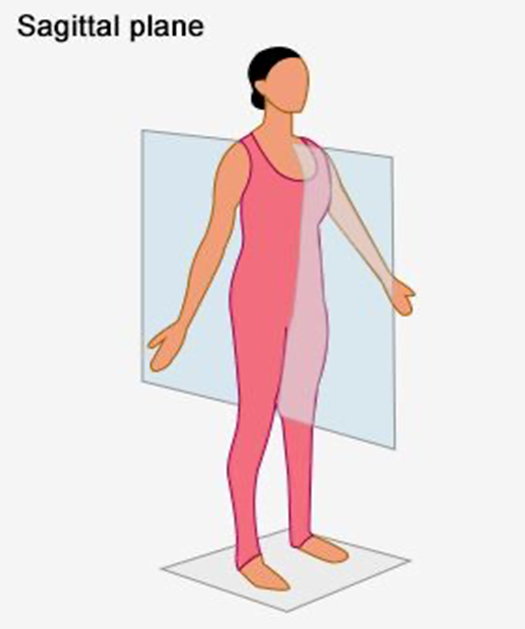This blog forms part of our Run Series Support Hub.
“Don’t sweat the small stuff when in the gym.” Just focus on the Big Three exercises: squats, deadlifts, and lunges. The rest of the time, just focus on your running. That’s the 20 percent that’s going to give you 80 percent of the results.
Mr. Vilfredo Pareto would say “The gym is completely pointless for runners, we’re not trying to be bodybuilders, nor are we interested in strength, power and explosive speed. We’re in the endurance game… get one of those big boys on the treadmill and we’ll see who’s boss.”
Any of these thoughts ever ran through your mind as an endurance athlete? Ever heard these statements, or something similar from someone else?
Come on, be honest!
Running is a fantastic form of cardiovascular exercise but very repetitive by nature. It primarily involves movement patterns within what bio-mechanists (movement specialists) call the sagittal plane. Essentially, forwards and backwards, up and down.
The Big Three gym movements mentioned above also utilize this same movement plane.
The problem with continuously moving in one plane most of the time should immediately become evident. Other movement patterns are clearly being neglected:

This results in in overuse niggles at best and, if neglected long enough, reductions in running speed, economy and potential injury at worst.
As a footballer by trade, I can relate. I picked up so many niggles throughout the years, as a result of training the Big Three most of the time, not knowing what I was doing wrong. After all, I was just doing what everyone else had told me was the right way to train as a footballer. Fast forward a few years, through further reading and first-hand experience, and I came to the realization I was doing things wrong!
Most training programmes for runners and land-based sports, are in general upside down.
Now bear with me, I realize that this is a big statement to make & therefore feel obligated to back it up.
Many of the gym training programmes I’ve seen designed for runners, specifically, focus primarily on triple extension movements such as squats, deadlifts, lunges. These train many of the same muscles already extensively used in their sport. We call these large muscles ‘prime movers’ which for runners are the glutes, quadriceps, hamstrings etc.
Not that there’s anything wrong with these exercises; they’re fundamental to building a fully functional, athletic body if programmed effectively and are essential for integration. These exercises can make you faster, much faster, but only if done right, on a solid foundation, and in the right amounts.
The problem being, just as a chain is only as strong as its weakest link, these prime movers are only as effective as the strength of the stabilizers (the small stuff) of the joints to hold the limbs exactly as desired when in motion.
As you’re running forwards, our prime movers (big muscles) in combination with the small stuff performs the knee lift. The stabilizers the adductors of the groin and the abductors of the outside of the thigh plus numerous other muscles within the hips and back stabilize the pelvis hold the thigh and knee in a straight line, parallel with the direction you’re running. If you train only the larger muscles but neglect the small stuff then the leg becomes unstable, especially as speed increases. The knees wobble with each foot contact and stride because the stabilizers fail to hold them firm against the forces transmitted up the leg, this instability acts to jiggle your whole body in motion and slows you down. Despite the greater strength developed in the prime movers from training the Big Three, the stabilizers become less able to support the bigger and stronger muscles. The stabilizers must be able to withstand the added stress whenever our increased strength is applied.
Quickly it dawned upon me that, if this was the case, surely runners should be using the gym as a laboratory to spend most of their time (70-80%) in the gym training the muscle groups and movement patterns that are given little to no love when running in order to prevent imbalances, injury & therefore improve running economy, overall speed and performance.
I began asking myself, why wasn’t this the case?
- Maybe a lack of knowledge?
- Maybe it’s the Herd Theory.
Herd Theory I hear you say. What on earth is he talking about? I’m here for stronger glutes. Hear me out…
Within the field of psychology there exists a phenomena called the ‘Herd Theory’, no doubt you will have seen this acting out in your local farm fields. A few cows begin to walk one way and the rest of the herd willingly follow on, if the cows were intelligent enough to speak English and someone asked a random cow from the mid pack “Why are you walking this way?” What do you think this cow would say?
You guessed it! Everyone else was walking that way!
This theory is rife in health and fitness; if I had a pound for every person I saw doing an exercise in the gym and I asked them, why are you doing that? “I saw it on YouTube and everyone else in the gym is doing it” I would be lying on my favourite beach in East Yorkshire!
Stay tuned for part two when we break down what’s missing when it comes to training runners…
